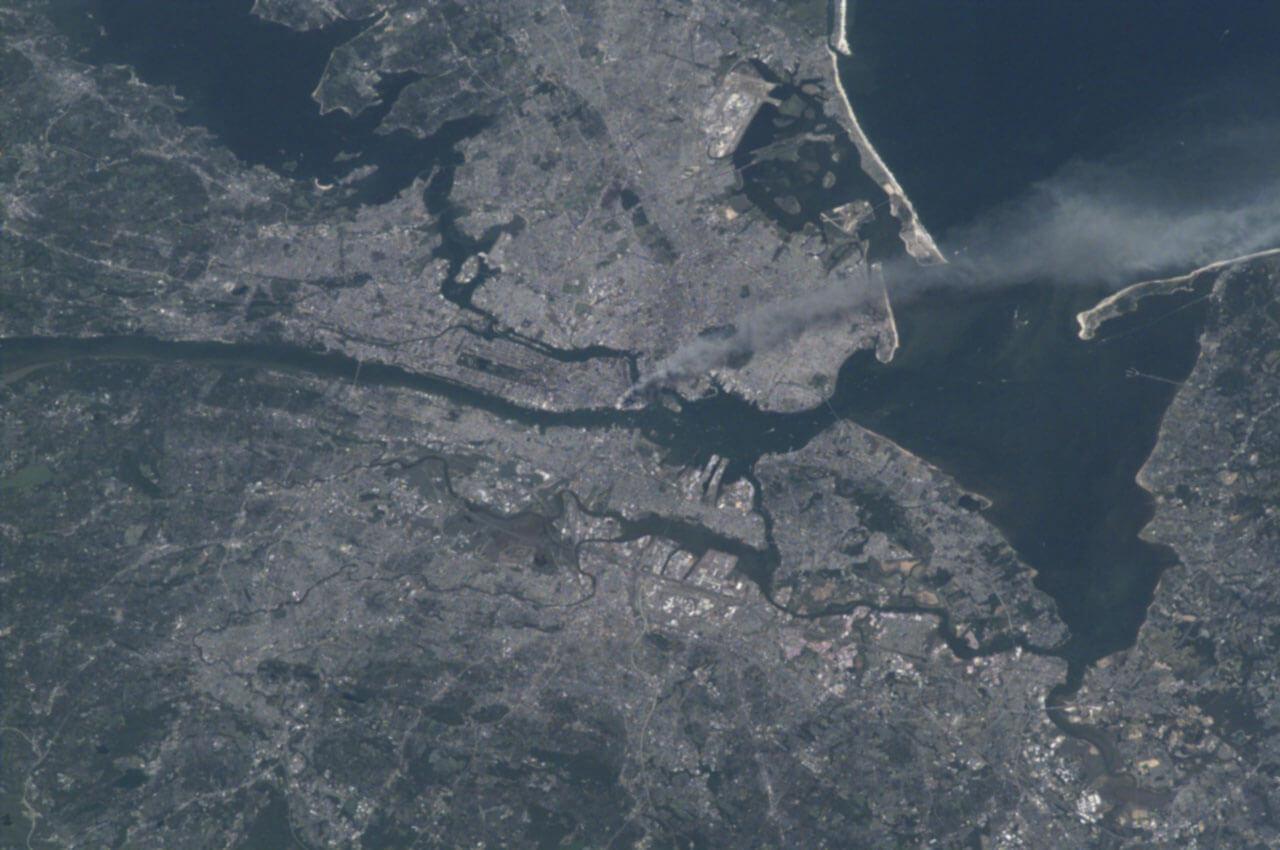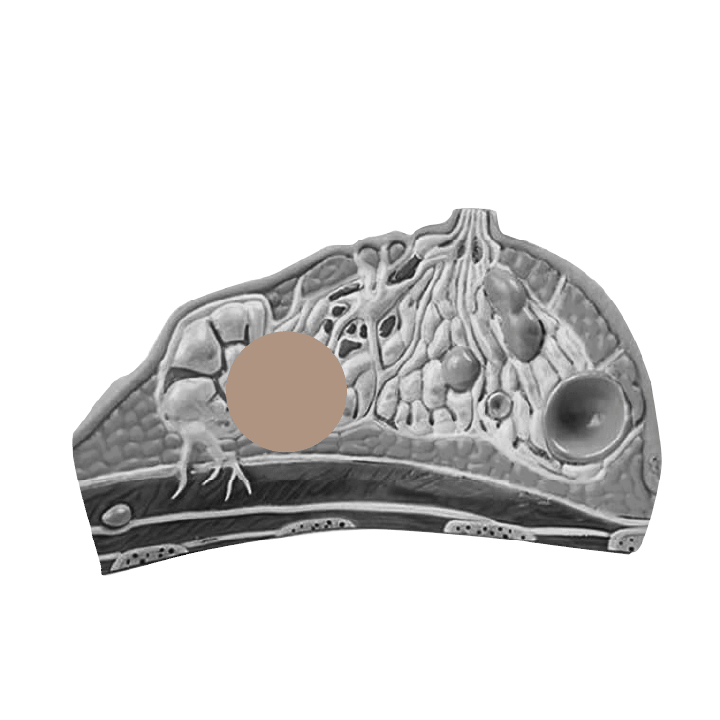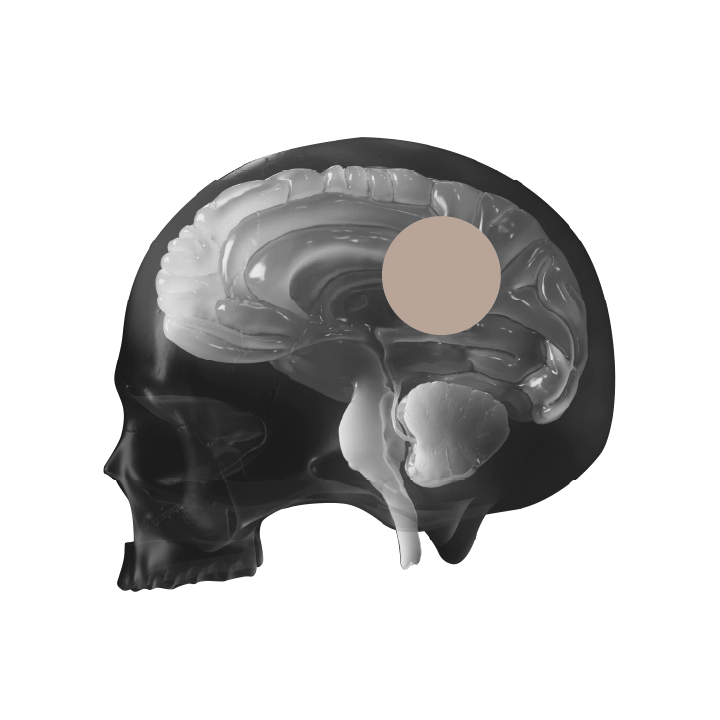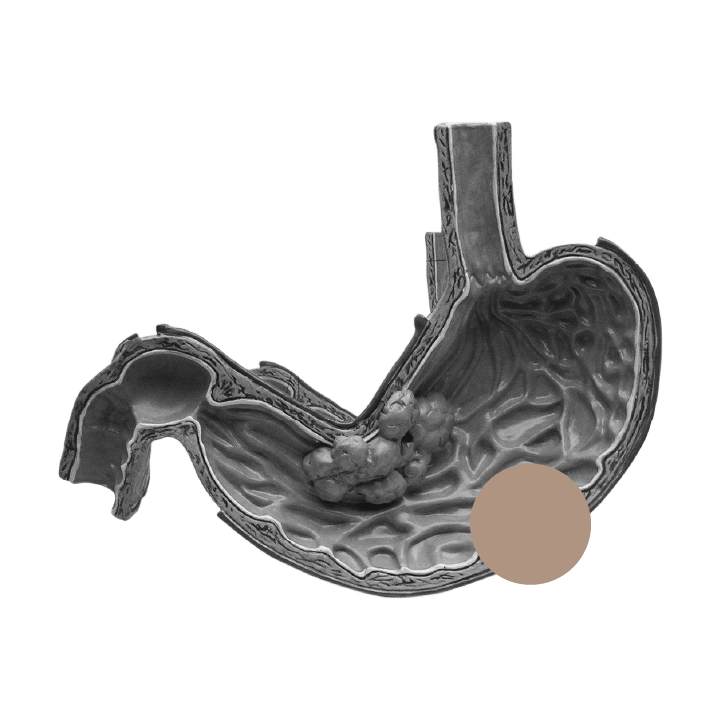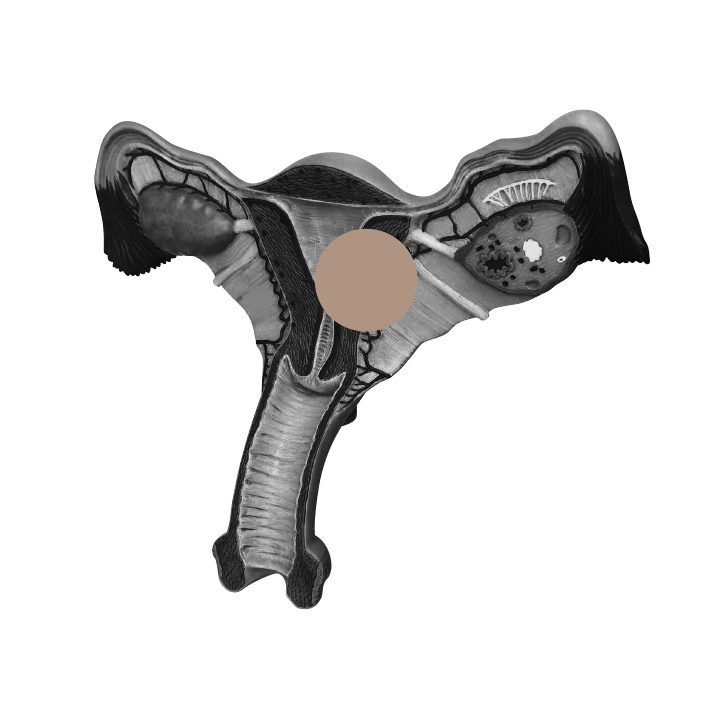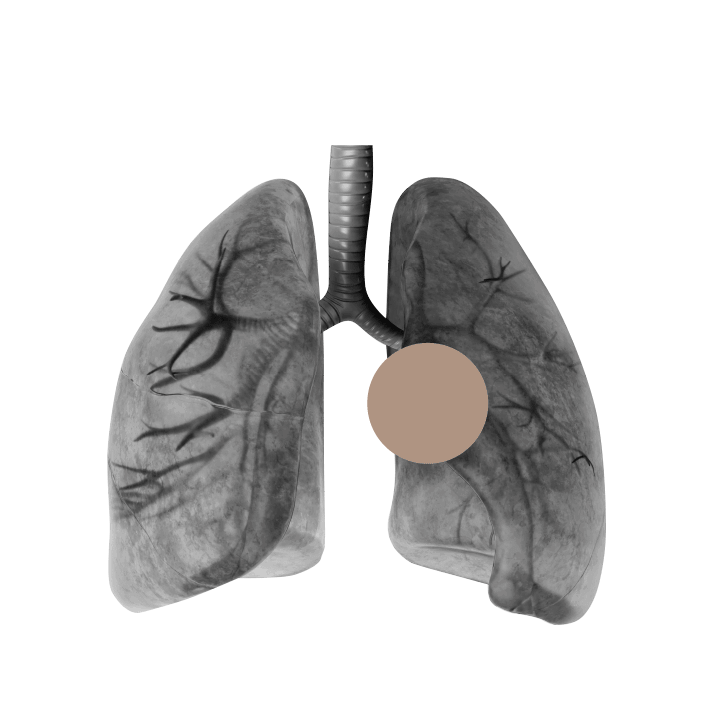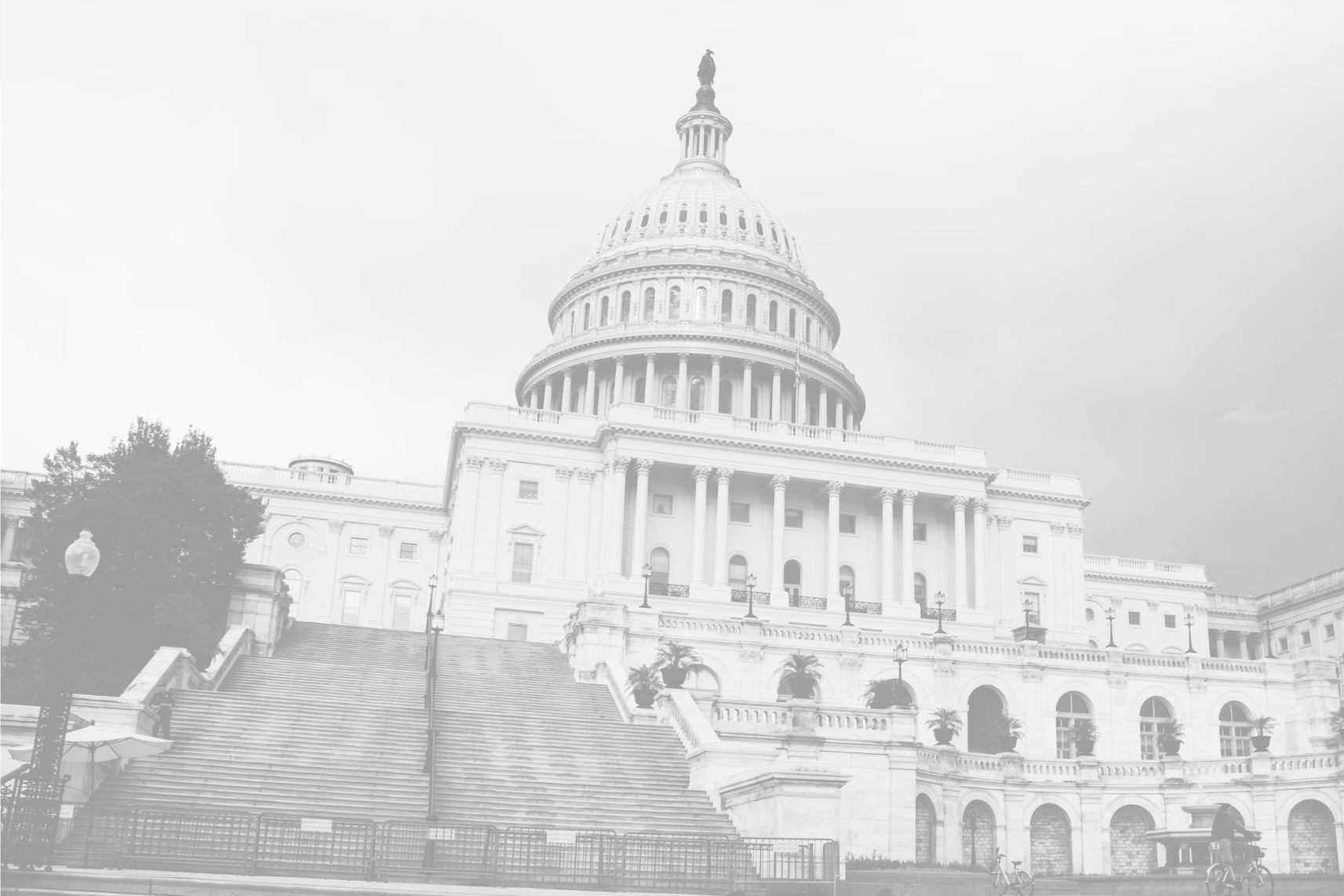
 Trusted Content
Trusted Content
As of 2024, the September 11th Victim Compensation Fund has paid over $14 billion in compensation to victims suffering or who have died from 9/11-related cancers and illnesses. In the aftermath of the 9/11 attacks on the World Trade Center and Pentagon, government funds have compensated more than 65,600 people for cancer and other serious illnesses resulting from 9/11 toxic dust at Ground Zero that included chemicals, pulverized glass, asbestos, concrete, and more.
Pitta & Baione LLP represents individuals who were exposed to this lethal cocktail of chemicals and industrial debris in the aftermath of 9/11. If you lived, worked, studied, or visited south of Houston St. in the months following 9/11, and you have since developed certain cancers or other health ailments, you may be eligible for compensation and lifetime healthcare benefits under the James Zadroga 9/11 Health and Compensation Act.
For help recovering compensation for your 9/11-related cancer, contact the offices of Pitta & Baione LLP. We can help file your 9/11 cancer claim and cut through the red tape and bureaucratic hurdles that will stand in your way.
Cancers Linked to 9/11 Exposure
Because of the size and scope of the toxic 9/11 dust cloud, and factors like varying exposure times and delayed onset, linking a specific cancer to exposure can be complex. That’s why about 90% of Victim Compensation Fund (VCF) claimants choose to work with a legal team when applying for benefits.
Below are many of the cancers currently recognized as 9/11-related under the World Trade Center Health Program (WTCHP):
- Lung Cancer – Linked to asbestos exposure in the dust cloud. Often slow-growing, and researchers believe many cases are still undiagnosed.
- Leukemia – 9/11 survivors are 41% more likely to develop leukemia than the average person.
- Brain Cancer – Often secondary to another cancer. Pitta & Baione LLP secured $1.7 million for a client with 9/11-related brain cancer.
- Prostate Cancer – Survivors and responders face a 25% higher risk, and cases tend to be more aggressive.
- Colon Cancer – May occur alone or as a secondary cancer. Pitta & Baione LLP won $770,000+ for a responder with 9/11-related colon cancer.
- Pancreatic Cancer – If you were near Ground Zero and later developed pancreatic cancer, you may qualify for benefits.
- Kidney Cancer – Linked to cadmium in the dust, which is toxic to the kidneys and increases cancer risk.
- Uterine (Endometrial) Cancer – Now recognized as a covered condition thanks to advocacy for female responders and survivors.
- Thyroid Cancer – Survivors face a 219% higher risk. Often treatable, but it can impact quality of life.
- Skin Cancer – Both melanoma and non-melanoma types are common among 9/11 survivors
- Bladder Cancer – Linked to industrial chemicals in the dust cloud and among the most common 9/11 cancers.
- Multiple Myeloma – A plasma cell cancer causing bone pain and weakness. Chemotherapy is often effective if caught early
- Digestive System Cancers – Includes cancers of the colon, esophagus, liver, bile ducts, rectum, stomach, and more.
- Eye and Orbit Cancer – Many responders developed eye melanomas and related cancers after exposure.
- Head and Neck Cancers – Includes oral cavity, oropharyngeal, and laryngeal cancers; risk factors include both dust exposure and behavioral factors.
- Rare Cancers, such as pancreatic cancer and male breast cance
- Respiratory System Cancers, including Mesothelioma – Strongly linked to inhaling glass, asbestos, cement, and other carcinogens in the dust
- Soft Tissue Sarcomas – Rare cancers of bone and soft tissue, including myeloid sarcoma. Covered under the WTCHP’s “rare cancers” category. Other types of sarcomas may also qualify under the WTCHP’s rare cancers coverage program.
Under its “rare cancers” category, the WTCHP may provide coverage for any kind of cancer that occurs in less than 15 cases per 100,000 persons per year (based on age-adjusted 2005-2009 average annual data). Ultimately, the program covers nearly every type of cancer.
9/11 Illness List
Aerodigestive (Airway & Digestive) Disorders
Respiratory and digestive illnesses are among the most common conditions diagnosed in 9/11 responders and survivors:
- Asthma – Within 5–6 years after 9/11, 8.6% of passersby and 8.4% of office workers south of Houston Street developed asthma due to heavy dust exposure.
- Gastroesophageal Reflux Disease (GERD) – About 40% of NYC firefighters who responded to 9/11 report chronic sinus issues and/or acid reflux.
- Sleep Apnea – Those present at the World Trade Center site are more likely to develop severe sleep apnea, often linked to other 9/11-related conditions like GERD, chronic rhinosinusitis, and PTSD.
- Chronic Rhinosinusitis & Nasal Inflammation – 9% of firefighters exposed to dust still report persistent cough, and 22% report long-term shortness of breath.
Psychological Effects
While the VCF does not compensate for psychological conditions, the WTCHP covers free care and monitoring for mental health effects linked to 9/11:
- Post-Traumatic Stress Disorder (PTSD) – Passersby had the highest rate of probable PTSD (23.2%) of any group studied, and many continue to experience chronic symptoms.
- Depression – Individuals who lost someone on 9/11 were twice as likely to develop depression.
- Anxiety – Those with loved ones in danger or involved in rescue efforts were twice as likely to develop an anxiety disorder.
- Substance Abuse – Alcohol abuse linked to psychological trauma was common for up to four years after 9/11 and may also increase the risk of developing certain cancers.
Neurological Impact (Under Investigation)
These neurological conditions are still being studied and are not yet officially covered by the WTCHP, but early research shows a possible connection:
- Mild Cognitive Impairment (MCI) – Older Americans exposed to 9/11 show higher rates of MCI, potentially linked to chronic PTSD or repeated exposure to toxic chemicals. MCI can be an early sign of dementia.
- Peripheral Neuropathy – Exposure to toxic metals (lead, cadmium, manganese, tin) and chemicals (PCBs, dioxins, pesticides, solvents, PAHs) during the collapse and cleanup may cause peripheral neuropathy and other neurodegenerative diseases. Cases have risen at alarming rates among responders.
9/11-Related Cancer Information: The Basics
There are two federal benefits programs for which you may qualify if you were affected by 9/11.
On January 2, 2011, President Obama signed the James Zadroga 9/11 Health and Compensation Act of 2010 into law. The Act was named for James Zadroga, a former NYPD detective who died in 2006 from respiratory failure. The cause of death was linked to his exposure to the toxic dust at and around Ground Zero.
The Zadroga Act established and provided funding for two separate but related federal benefit programs: The World Trade Center Health Program (“WTCHP”) and the September 11th Victim Compensation Fund (“VCF”).
The September 11th Victim Compensation Fund provides financial compensation for pain and suffering, lost earnings, replacement services, and medical conditions caused by physical conditions related to 9/11. The VCF is fully funded through 2090. The VCF does not cover treatment for mental health conditions.
The World Trade Center Health Program provides free medical care, monitoring, and medication for certain physical and psychological conditions related to 9/11. Unlike the VCF, it does cover mental health care. Generally, participation in the WTCHP is necessary to file a VCF claim.
The Zadroga Act was temporarily renewed on December 18, 2015, and later made permanent on July 29, 2019, when President Trump signed into law The Never Forget the Heroes: James Zadroga, Ray Pfeifer, and Luis Alvarez Permanent Authorization of the September 11th Victim Compensation Fund.
Why Did 9/11 Cause Cancer?
The dust from Ground Zero, which spread throughout Lower Manhattan and to some areas of Brooklyn, New Jersey, and even Staten Island, contained many known carcinogens. These include soot, benzene, cement, asbestos, heavy metals, polycyclic aromatic hydrocarbons, and dioxins.
Inhaling the toxic dust from Ground Zero is linked to more concerns than decreased lung capacity, lung cancers, and trouble breathing. Ground Zero exposure may have created a damaging cycle of inflammatory T-cell production for those who spent extended time near Ground Zero.
In turn, this inflammation affects September 11 cancer casualties. Lead researcher Michael Oh, MD, told The ASCO Post that inflammation is often tied to a worse prognosis in some cancer types, including prostate and breast cancer.
9/11 first responders’ cancer rates are as follows:
- 25% increased risk of prostate cancer
- 219% increased risk of thyroid cancer
- 41% increase in leukemia
However, an increased risk of cancer does not just affect first responders. Anyone who spent a significant amount of time south of Houston Street in the year following September 11, 2001, may have been exposed to the cancer-causing dust.
9/11 cancer rates also aren’t the only vital metric needing research — other illnesses and health conditions continue to plague survivors.
New York Fire Department research shows that about 9% of firefighters exposed to the dust at Ground Zero during the first response still report a persistent cough 20 years later. About 22% experience shortness of breath, and 40% have chronic sinus problems or acid reflux.
Tests illustrate that firefighters who spent time at Ground Zero found their lung function declined at a rate 10 to 12 times the expected rate for the profession in the first year after 9/11.
How Many Cancer Cases Were Caused By 9/11?
There are nearly 34,000 known cancer cases among responders and others exposed to Ground Zero in the aftermath of 9/11, according to data from the World Trade Center Health Program. Even though over 20 years have passed since the 9/11 dust exposure, this number increases daily as more victims develop cancer.
Reports show that FDNY 9/11 cancer deaths surpass the casualties of the World Trade Center Attack over 20 years ago. 9/11 first responders are also 30% more likely to get certain cancers compared to their counterparts in the same age bracket.
How Soon Was Cancer Detected After Exposure to 9/11 Toxins?
Awareness of the health consequences associated with 9/11 toxin exposure began as early as 2002, when Dr. David Prezant of the NYC Fire Department wrote about the “World Trade Center cough” that many 9/11 firefighters he treated were suffering from. In 2012, some forms of cancer were added to the list of health conditions covered by the WTC Health Program. In 2013, prostate cancer was added to the list of covered health conditions.
Leukemia, prostate cancers, and thyroid cancers were some of the first forms of 9/11-related cancer to be diagnosed and connected to toxic dust exposure after September 11, 2001, as they have relatively low latency times.
How Many People Got Cancer From 9/11?
The number of 9/11 cancer cases is expected to increase as more people get diagnosed with cancer caused by previous 9/11 dust exposure.
How Many Have Died From Cancer After 9/11?
According to June 2023 data from the WTC Health Program, 6,314 enrollees have since died. However, this number includes all 9/11 illnesses, not just cancer, as well as other causes of death.
There is a higher survival rate associated with the free cancer care provided by the WTC Health Program. 9/11 first responders who have developed cancer linked to Ground Zero exposure are currently estimated to have a 35% higher chance of survival than the average cancer patient in America. If you need help applying for coverage under the James Zadroga Act, do not hesitate to reach out to the office of Pitta & Baione LLP.
Early detection and access to paid cancer care save lives. If you were exposed to the 9/11 dust cloud, our attorneys can help you apply for the financial assistance and medical attention that you’re entitled to.
The 9/11 Dust Cloud
The WTC Health Program estimates that around 400,000 people were exposed to the toxic dust and other physical and mental health risks following the attacks of 9/11.
Many of these people were not at Ground Zero during the attack but lived, worked, or went to school south of Houston in the year following 2001. If you are one of them, or if you are concerned about exposure to 9/11 debris during cleanup and storage efforts, contact a 9/11 cancer lawyer to learn about the benefits that may be available to you.
What Was in the Toxic Dust Cloud?
World Trade Center dust included cement dust particles, heavy metals, up to 2,000 pounds of asbestos, and synthetic vitreous fibers (SVFs). Carcinogens like cadmium and polychlorinated biphenyls were also present in the cloud.
The debris was also made up of “persistent organic pollutants” like dioxins, which are known to cause cancer. Beyond that, other toxins like polyaromatic hydrocarbons (PAHs) were present as byproducts of jet fuel.
The fires burned for 99 days after the attack, and would at times re-ignite on occasion after the period, causing a fresh release of toxic chemicals, fumes, smoke, and dust. These chemicals resulted in an increased cancer risk and prevalence of other illnesses. Similar chemicals were also released during the plane crash in Somerset County in Shanksville, PA.
9/11 Cleanup: What To Know
The city of New York estimates that at least 91,000 people assisted in early cleanup efforts at the site of Ground Zero. The long-term health risks among this group, including others who lived and worked in the Lower Manhattan area, are still being studied and understood.
How Long Did It Take To Clean Up 9/11?
The initial cleanup period lasted for ten months. Work on Ground Zero was ongoing for 24 hours a day. By May, the last piece of steel was removed ceremonially, but the effects of the day would linger longer.
About 1,944 steel pieces were turned into memorials, of which artifacts were shipped to all 50 states. The rest of the debris, about 1.8 million tons, was then shipped to Fresh Kills Landfill on Staten Island. The landfill was previously closed but reopened for the task.
While the landfill is under consideration to be redeveloped as a park, residents of Staten Island say that exposure to 9/11 debris stored there has increased their own risk of cancer. The city health department has yet to prove or share a conclusive link, but worrisome reports are trickling in.
A report from January 2020 compared incidence rates for 17 cancers in the area surrounding Fresh Kills to the rest of Staten Island and New York City. Between 1995 and 2015, adult residents of Staten Island suffered from certain cancers, especially bladder, breast, kidney, non-Hodgkin lymphoma, and thyroid, at higher rates than adults in other boroughs. Thyroid and bladder cancer rates in particular were found to be more common near the Fresh Kills former landfill site between the years of 2005 and 2015.
Problems With Clean Up
Many of the problems with the cleanup were linked to improper information and safety. Some responders and cleanup workers report not being given masks, respirators, or proper PPE to conduct the job.
As fires burned and toxic dust piled up, this initial exposure led to many cases of illness later on. Residents and workers were not warned properly about the risks of exposure, leading to many developing cancer after 9/11.
Cancer After 9/11
Wall Street reopened on September 17, 2001. While cleanup efforts were carried out, many people adjacent to the site were exposed to the risks of Ground Zero. Legal and communication workers, janitorial workers, educators, students, residents, volunteers, and first responders were all exposed to the site South of Houston.
Many of those people have since developed early-onset cancers such as leukemia, thyroid cancer, and prostate cancer. Other cancers with a longer latency time, like mesothelioma, are expected to arise in recent years.
WTC Health Program: What To Know
The World Trade Center Health Program was established by the James Zadroga 9/11 Health and Compensation Act of 2010. This law established both the Victims Compensation Fund and the World Trade Center Health Program.
Many legal battles have been necessary to get this series of federally funded benefits to the victims of 9/11. As of September 2025, there are 132,530 individuals enrolled to receive benefits under the WTCHP. If you need legal assistance enrolling yourself or a loved one in this program, the experts at Pitta & Baione LLP can help.
What The WTCHP Covers
The WTCHP is a federal program run by the National Institute for Occupational Safety and Health (NIOSH). Federal funds have been allocated to provide no-cost medical monitoring and treatment for certified WTC-related health conditions to individuals directly affected by the attacks in New York, Pennsylvania, and the Pentagon.
In order to be covered, treatment has to be provided by a WTC Health Program-affiliated provider or pharmacy. The condition must be certified under the James Zadroga Act. The following certification categories are considered:
- Aerodigestive disorders
- Cancer
- Mental health needs
- Musculoskeletal and acute traumatic injuries
Once these conditions are met, members of the WTCHP can receive treatment and medical monitoring without paying deductibles, co-payments, or out-of-pocket costs. In addition, the WTCHP funds medical research into covered conditions.
Who Can Access Treatment From the WTC?
To access compensation, 9/11 cancer patients must demonstrate their exposure to the dust cloud at and around Ground Zero. Certain areas of Lower Manhattan and a small part of Brooklyn may qualify. The following categories of people can access treatment from the WTCHP:
- Survivors: Survivors encompass those who worked, lived, or went to school (including daycare and adult daycare) in the NYC Disaster Area from September 11, 2001, to July 31, 2002.
- Responders: Responders include both first responders and those involved in response and cleanup efforts in the affected area between September 11, 2001, and July 31, 2002.
How to Apply to the World Trade Center Health Program: 3 Steps
You do not need an attorney to apply for coverage as a victim of 9/11, but as the claims process can be complex, nearly 90% of all VCF claimants are currently represented by attorneys.
Follow these steps to apply for the World Trade Center Health Program:
1. Check for Eligibility
Inclusive of the New York cohort, there are four groups eligible for coverage under the WTCHP. They are FDNY Responders, WTC General Responders, Pentagon and Shanksville Responders, and WTC Survivors.
The category of WTC Survivors expands to include those who lived in, worked, or went to school near the WTC and 9/11 dust cloud.
2. Gather Supporting Documents
You will need to demonstrate your eligibility with supporting evidence, depending on your personal classification from the previous step. Examples of evidence for inclusion can be addresses, timesheets, police memo books, awards, letters, communication from the Workers’ Compensation Board, and more.
In the event that you cannot provide documentation, you may still be able to qualify for the program through third-party attestation. A third party may be asked to confirm your details and provide information as to why you do not have records, and what you have done to try to locate them. If you need help gathering these documents and proving your eligibility for the WTCHP, do not be deterred.
Legal help is available. The lawyers at Pitta & Baione LLP troubleshoot support documentation issues for all qualified clients.
3. Complete the Application
Once you have completed your application, submit it along with your supporting documents online, in the mail, or via fax machine.
9/11 Victim Compensation Fund Claims: Helping Victims Heal
Our clients number first responders, current and former downtown residents, students, the loved ones of those lost to 9/11-related illnesses, and more.
Our firm was also instrumental in lobbying for legislation that would later become the Zadroga Act, slashing through red tape from the beginning to help affected New Yorkers access care and compensation for 9/11-induced cancer.
We have fought for expanded access to 9/11 victim benefits, and continue to provide legal services for those who have difficulty proving their claim.
Claims for Cancer-Related Illnesses
Under the Victims Compensation Fund (VCF), you may also be able to recover additional economic and non-economic damages through a 9/11 cancer lawsuit. Covered economic damages are quantifiable losses related to time out of work recovering from an injury or illness. Examples of covered economic damages available include:
- Past, current, and future out-of-pocket healthcare costs (testing and evaluation bills, the cost of ongoing treatment, prescription medications, long-term care expenses, and more)
- Funeral, burial, and memorial costs
- Lost income, if you are unable to work due to your condition
- Past, current, and future unemployment benefits
- “Replacement” services for daily tasks you are no longer able to perform for yourself, including housekeeping, childcare, lawn maintenance, transportation services, or personal care
- Wrongful death awards for financial losses
In addition, the VCF provides certain damages for covered non-economic losses. These are available for a broader array of reasons, but may be more difficult to quantify and prove. Non-economic losses include financial compensation for:
- Chronic pain
- Emotional distress
- Inability to enjoy life
- Inability to function normally
Even if you have been able to retain your job, you may still qualify for payments due to non-economic losses, like chronic pain and loss of enjoyment. However, these kinds of financial awards are not guaranteed through the VCF. Many have found that they have substantially better outcomes when represented by a lawyer with experience building and presenting a case for federal compensation. Our seasoned experts do not take a fee from your case unless we win.
VCF Claims for Deceased Loved Ones
As New Yorkers, the attorneys at Pitta & Baione LLP were also impacted by the terrible events of 9/11. We use the full might of our legal expertise to help fellow New Yorkers and those who have lost loved ones in the tragedy.
The VCF provides financial awards to those who lose loved ones due to 9/11 and 9/11-caused illnesses. We provide representation to claim your family’s VCF award for free. As a 9/11 law firm, we also provide free in-house probate and estate counsel for claims that involve the estates of deceased 9/11 victims. Our team can also provide free guidance on claims involving the Veterans Trust Fund.
Pitta & Baione LLP will not charge you for our legal services if you need help recovering a VCF claim on behalf of a deceased loved one. We are available to help you in the wake of this loss.
Reach Out for a Free 9/11 Cancer Claim Consultation
Pitta & Baione LLP is a holistic 9/11 law firm that provides services to survivors and responders who need access to financial compensation. Receiving World Trade Center Health Program benefits can literally be the difference between life and death for our clients, as expanded access to paid-for cancer care saves lives.
We are proud to ensure every eligible New Yorker receives the medical care they deserve after exposure to the tragedy and toxic chemicals of 9/11. We also help survivors and responders access their VCF benefits, including economic losses from illnesses and non-economic damages, to help ease the burden of what they’ve already been through.
Finally, we help those who have lost loved ones access VCF benefits for the deceased without charge, in support of the experience we’ve all shared as New Yorkers living through 9/11.
Our firm is a three-part affiliate umbrella with influence and reach into Washington, D.C., and our two New York offices. In this way, Pitta & Baione LLP is confident in our ability to secure the highest possible awards for our clients, as well as connect them with much-needed additional resources. If you need help with your 9/11 cancer claim, contact us today for a complimentary consultation about your case.
